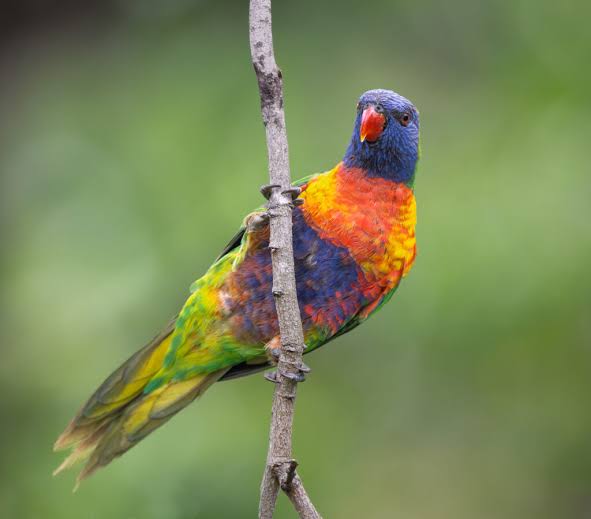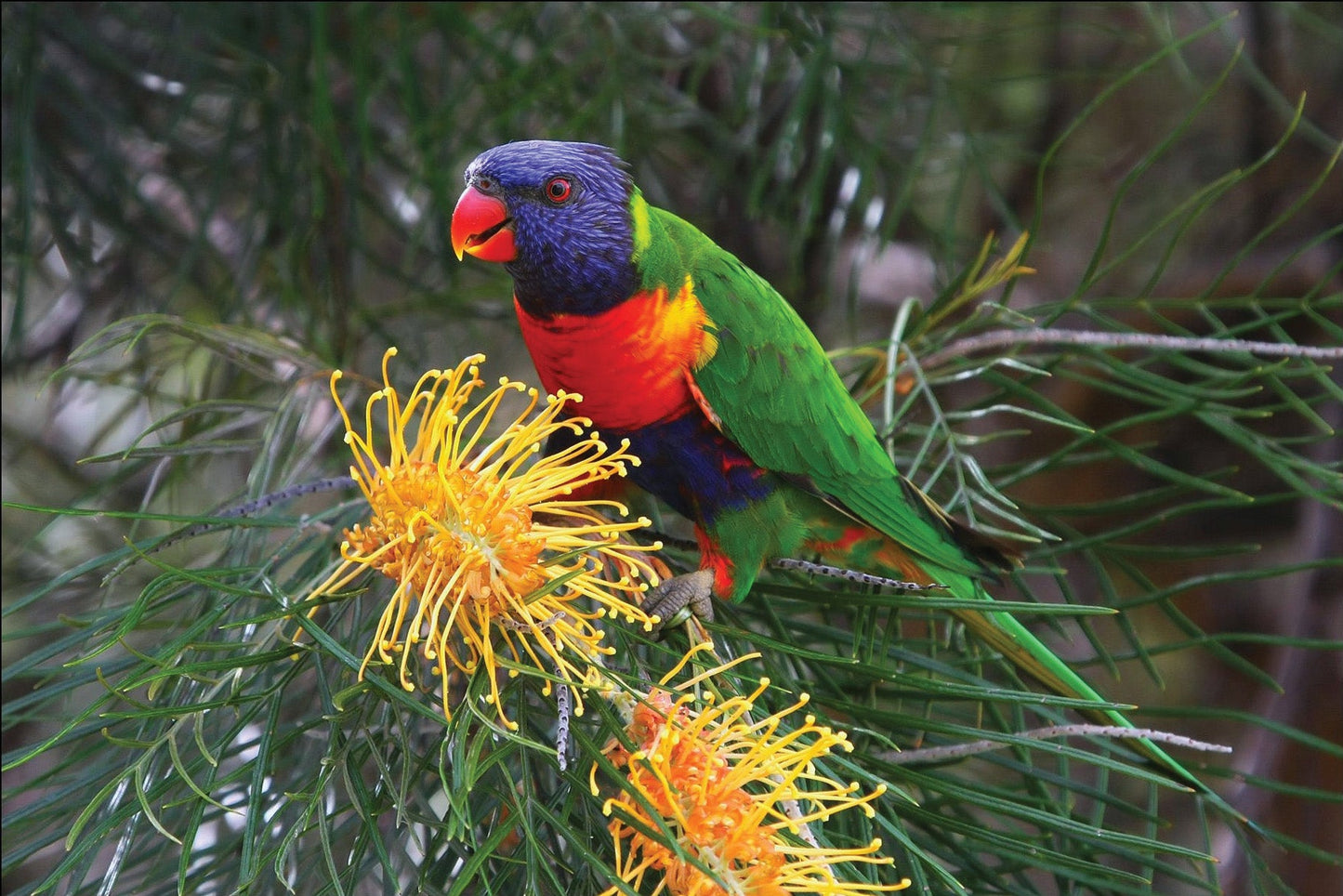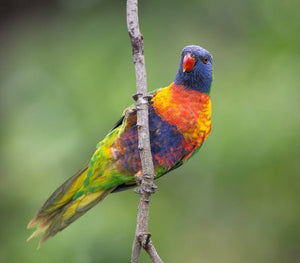

While we make every effort to ensure that our online stock levels are accurate and up to date, some products—particularly those that are perishable or subject to daily changes—may vary in availability. This includes livestock, fish, corals, and both fresh and frozen foods. Due to the nature of these items and their dependence on factors such as shipment schedules, health status, and in-store demand, availability can change rapidly and may not always be reflected in real time on our website.
To avoid disappointment, we strongly encourage customers to confirm the availability of these products before placing an order or visiting In-Store. You can do this easily by using the "Ask a Question" tab on the product page or by calling us directly on 0460 961 696 .
Our friendly team will be happy to assist and provide the most up-to-date information on current stock.

A flying kaleidoscope with a voice to match, the Rainbow Lorikeet (Trichoglossus moluccanus) is one of Australia’s most vibrant and charismatic parrots. Covered in bold splashes of green, blue, orange, red and yellow, these medium-sized lorikeets are social, smart, and full of cheek. Whether they're chattering to their humans, hanging upside-down from a perch, or zipping through the aviary like feathered rockets, Rainbow Lorikeets are as entertaining as they are eye-catching.
Species: Trichoglossus moluccanus
Common Names: Rainbow Lorikeet, Lory, Rainbow Lory
Origin: Eastern and northern Australia – coastal forests, woodlands, and suburban areas
Size: 25–30 cm
Average Lifespan: 15–25 years in captivity
Temperament: Intelligent, energetic, and highly social
Care Level: Advanced
Housing & Environment:
Rainbow Lorikeets require a large aviary or indoor cage of at least 100 × 80 × 100 cm, with daily out-of-cage time for exercise and socialisation. They are extremely active and need plenty of space to climb, play, and explore. Provide strong perches, ropes, ladders, and plenty of destructible toys. These birds are messy and loud—but also incredibly rewarding for those prepared to meet their needs.
Diet:
Lorikeets have a specialised diet consisting mostly of nectar and soft fruits. Their brush-tipped tongues are designed for slurping sweet liquids, not cracking seeds. Feed them a commercial lorikeet nectar mix, alongside:
-
Fresh fruit (apple, melon, berries, grapes, mango – avoid avocado)
-
Occasional vegetables (corn, carrot, spinach)
-
Access to clean, fresh water at all times
Avoid seed-based diets—they are not suitable and can cause health issues.
Training & Behaviour:
Rainbow Lorikeets are quick learners and respond well to positive reinforcement training. They love attention, interaction, and stimulation, and may become nippy or noisy if bored or neglected. Known for mimicking sounds (and sometimes words), they thrive on daily socialisation and mental challenges.
Care Tips:
✔ Clean feeding dishes daily – nectar spoils quickly
✔ Provide daily interaction, enrichment and exercise
✔ Prepare for mess – they are prolific poopers and scatter food
✔ Rotate toys to prevent boredom and feather plucking
✔ Loud vocalisations are normal – especially at sunrise and sunset
Compatibility:
Best kept as a single companion bird or in bonded pairs. They may cohabitate in large aviaries with other lorikeets, but avoid mixing them with smaller parrots due to their energetic and sometimes pushy nature.
Availability:
Readily available across Australia through avian breeders and licensed bird sellers. Hand-raised Rainbow Lorikeets are ideal for companion homes due to their friendly and interactive nature. Check local regulations before purchase.
Disclaimer:
"Rainbow Lorikeets are high-energy, messy, and vocal parrots best suited to experienced bird keepers. Their unique dietary needs and strong personalities require daily care and attention."



